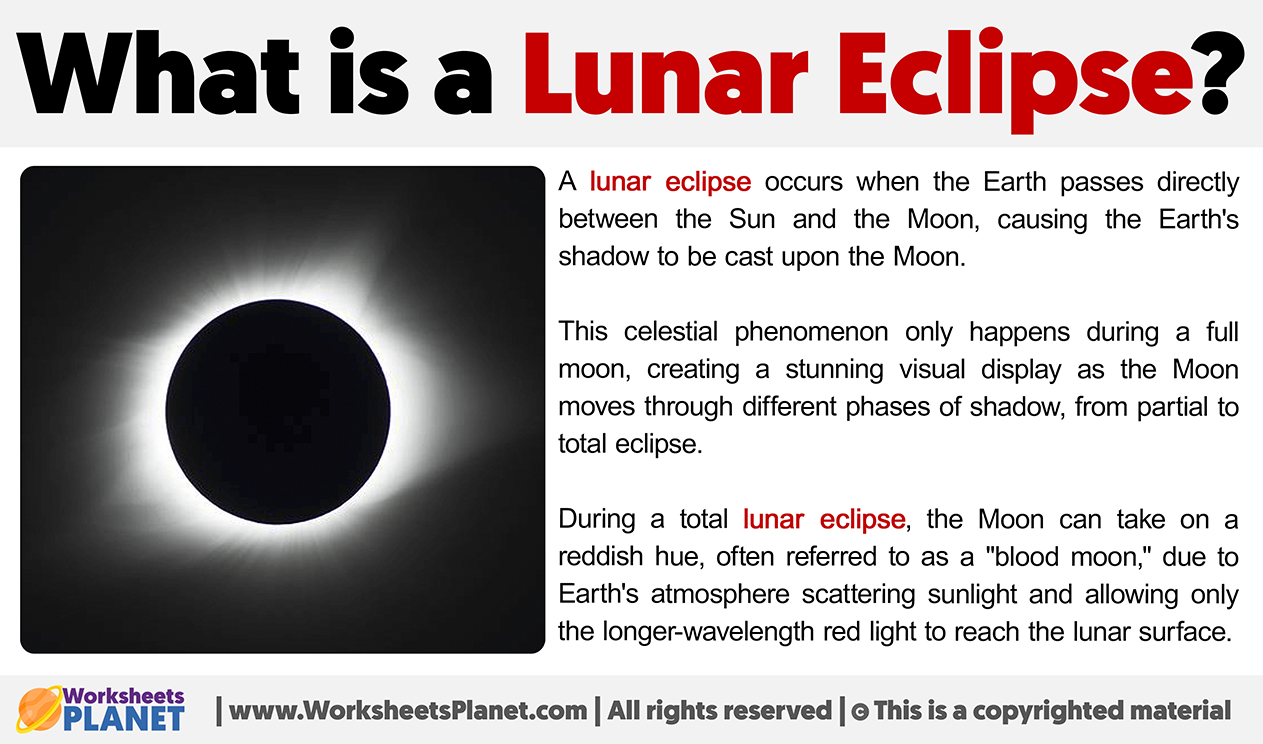A lunar eclipse occurs when the Earth passes directly between the Sun and the Moon, causing the Earth’s shadow to be cast upon the Moon.
This celestial phenomenon only happens during a full moon, creating a stunning visual display as the Moon moves through different phases of shadow, from partial to total eclipse.
During a total lunar eclipse, the Moon can take on a reddish hue, often referred to as a “blood moon,” due to Earth’s atmosphere scattering sunlight and allowing only the longer-wavelength red light to reach the lunar surface.


